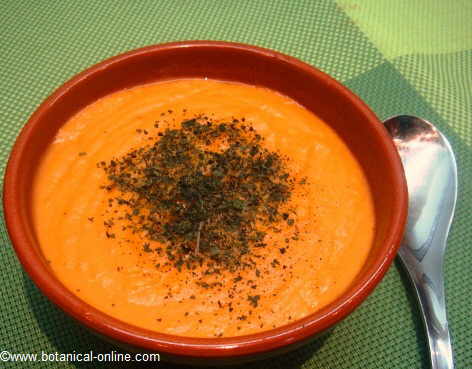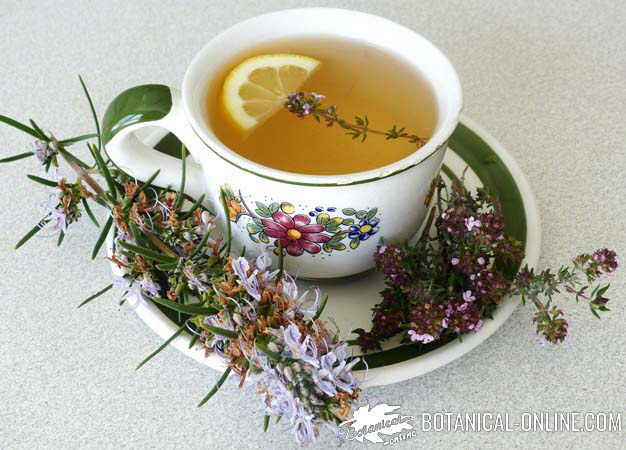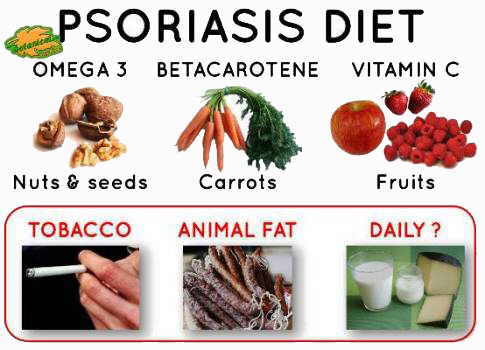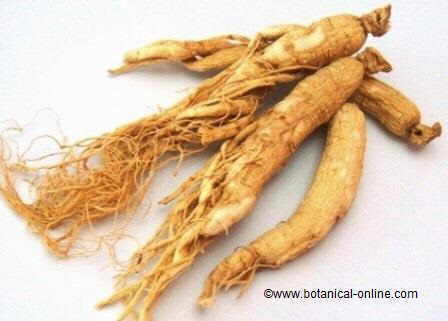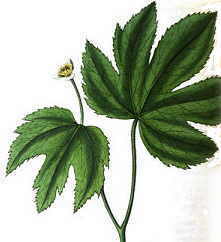Contents
Nutritional composition of strawberries
What are strawberries?
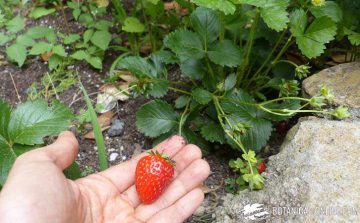
Strawberries are the fruits of the strawberry plant (Fragaria X ananassa or Fragaria vesca).
The strawberry has a pyramidal shape. Its size varies from smallest to largest.
Its skin is rough and contains very small seeds.
The color of the skin indicates its state of maturation, it varies from light green, white-pink to dark and intense red, as this fleshy fruit matures.
Inside it contains an edible pulp of the same color as its outside. Its texture is smooth and can be soft if it is already very ripe.
What do strawberries contain?
- As a source of energy, 100 grams of strawberries provide us with 30 kilocalories.
- Its proportion of nutrients is divided into:
- More than 91.5% is water, over 0.4% fat
- More than 0.6% protein
- More than 7% carbohydrates
- 2.3% fiber
From a mineral point of view, it is a fruit that is very rich in potassium, phosphorus, calcium and magnesium, but it also contains sodium, iron, selenium and zinc.
From a vitamin point of view, it is a fruit rich in vitamin C, it also contains vitamin A, vitamin E and B vitamins, especially vitamin B9.
Strawberry composition
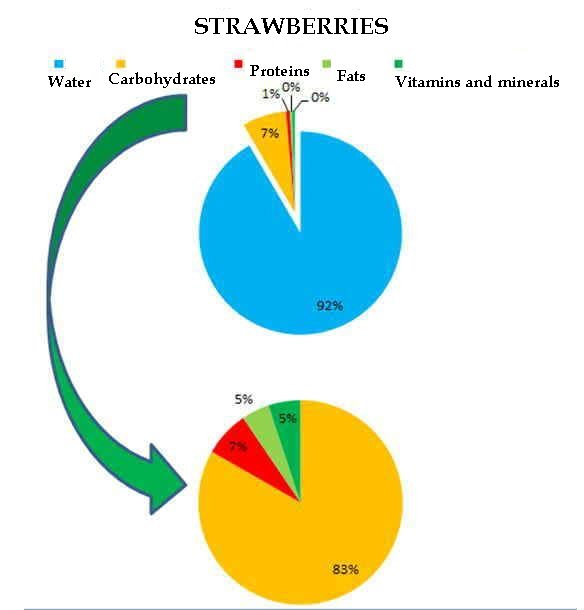
Benefits of strawberries
- It has a high water content that prevents us from becoming dehydrated.
- It gives us little energy.
- Contains very little fat.
- It has a good sugar content, normal, not excessive.
- It has a moderate fiber content.
- It helps us eliminate toxins from our body, because it is rich in potassium.
- It helps us to maintain correct brain functions, due to its content of phosphorus and vitamins of group B.
- Calcium together with phosphorus, maintains the balance of the formation of strong bones.
- Due to its vitamin B9 content, it helps us grow properly.
- It protects us from colds and helps heal wounds, because it is rich in vitamin C.
- It protects our skin and helps to keep it healthy, due to its vitamin A content.
![]() More information on strawberries
More information on strawberries

